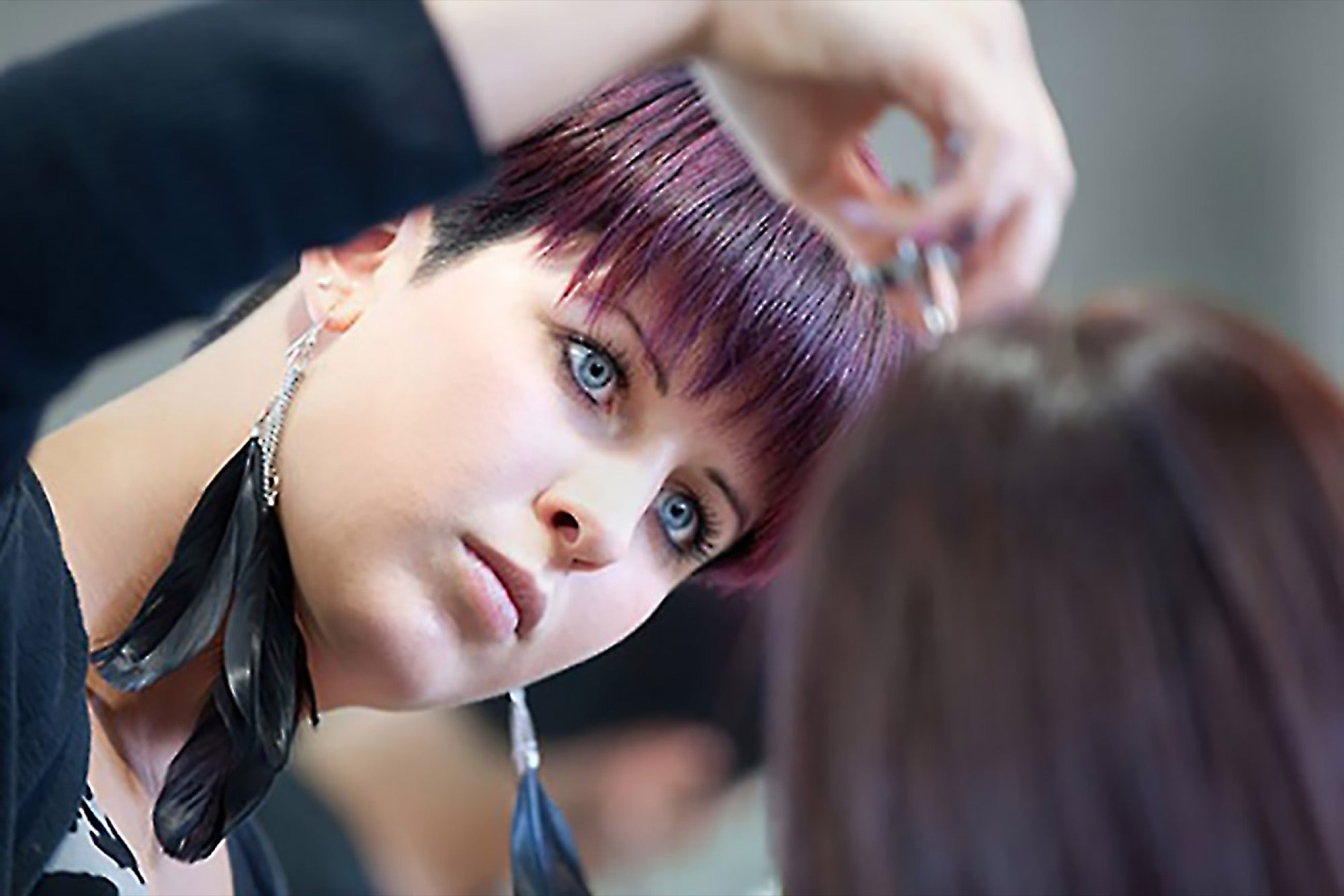On Demand Beauty Service: A Perspective How the industry capitalises on the sphere and expands it.
Opinions expressed by Entrepreneur contributors are their own.
You're reading Entrepreneur India, an international franchise of Entrepreneur Media.

The term "Home beautician" has been around in the market, albeit as a small-time business. The system of availing beauty services at home, at work or at a customer's choice of place away from a beauty salon has evolved immensely with the advent of myriad apps providing beauty services on demand and customers being spoilt for choice.
Today, there is a considerable audience for "On-demand beauty" services- about 10 p of the organized salon / spa service market at a fully supported level. It tends to be a higher number in a market that supports spa services and lower in a market that supports only grooming services. The field's growth depends on how the industry capitalises on the sphere and expands it.
The 4-C Approach
Fundamentally, there are 4 Cs that drive a customer's decision to zero-in on a beauty service option- Cost, Convenience, Comfort and Coupons. Based on these factors, customers can be categorised into three broad groups. Firstly, there are the existing salon customers who pay an average of Rs 1500 per visit. They form the major portion of the customers for home salons.
The second category includes the fringe customers, like in any other business (who have never bought beauty service, but say they will if they are given a convenient option) They constitute about 5 per cent of the market, given the fact there is sufficient media money splurged to attract them. Finally, there are the value buyers who are the first ones to respond to free promotions but are unlikely to repeat them at full price. Changing these customers' behaviour needs disproportional media spends which depend on the scale and presence of the service provider. Customers who choose less expensive options tend to put forth tough bargains. The trend observed is that they have smaller homes, have little or no privacy during the service and these sessions are most often an unpleasant experience for the beautician.
Customers who choose less expensive options tend to put forth tough bargains. The trend observed is that they have smaller homes, have little or no privacy during the service and these sessions are most often an unpleasant experience for the beautician.
Changing these customers' behaviour needs disproportional media spends which depend on the scale and presence of the service provider. Customers who choose less expensive options tend to put forth tough bargains. The trend observed is that they have smaller homes, have little or no privacy during the service and these sessions are most often an unpleasant experience for the beautician.
Decoding the business models
There are various models in the business of "On Demand Beauty" Service, each with its own benefits and challenges. The Aggregator model brings together freelance beauticians under one common platform where the consumer appointments are shared with them. Standardization, quality of products and service, control of operations are challenges presented by this model.
In the "On roll beautician' model, the beautician is hired on the rolls of the company and trained for delivering uniform service. Managing cost structure, lead generation and logistics need expert management in this case. The third model is the "Offline salons extended to at-home' model. It often requires advanced negotiation skill to convincing an existing franchisee to integrate an online revenue model with offline needs. Unless this adds a substantial top line or has a future scope for monetization, it ends up as a additional spend for the brand owner.
CSF's of "On-Demand" beauty service companies
There are several critical factors that contribute to the success of the business of "At-home" service. These include training, service / product streamlining and standardization, pricing and promotions, tele consulting and direct marketing.
There is a strong need for a structured training module for home beauticians. Important concepts to be dealt with include etiquette to greet a customer, Do and Don'ts of home service and understanding how a service needs to be adapted to a home environment.
Single-use products in Skin, Hair and Body shrink the beautician's product bag by 80%, thus making it easy for the beautician.
Bundled offers, differentiated service delivery thru innovation, teleconsulting improves the chance of repeats and success. Having a app helps, but it is not a necessary starting point in this business.
It is unlikely to scale overnight and profitably sustain this business at an exponential growth rate, but would be a rewarding experience for promoters who plan a long term. With the increasing need to look good in a world that's more social than ever, there has never been a better time for companies to use the opportunity to organise and develop the "On demand beauty" or the "At-home" service sector.










